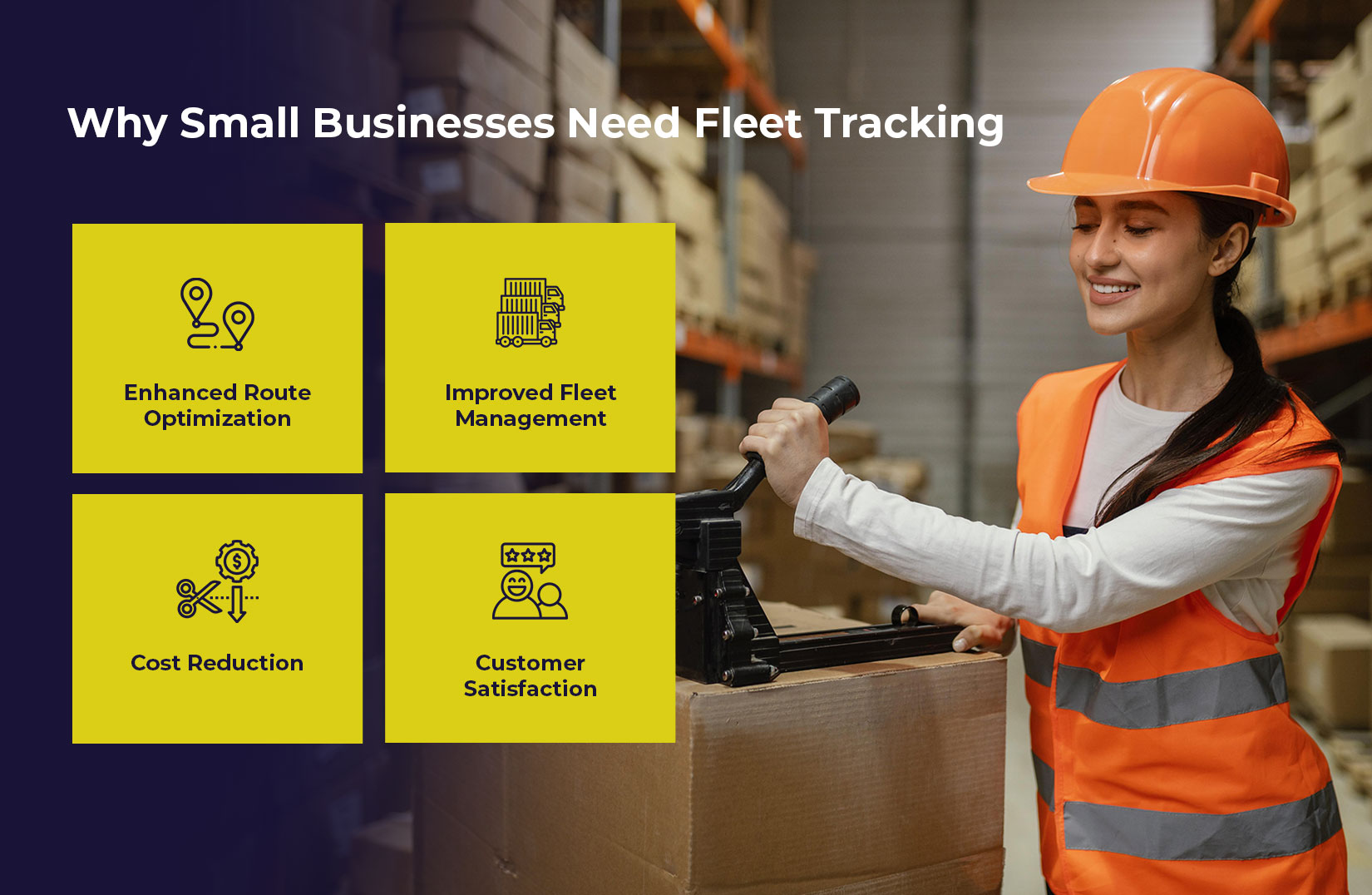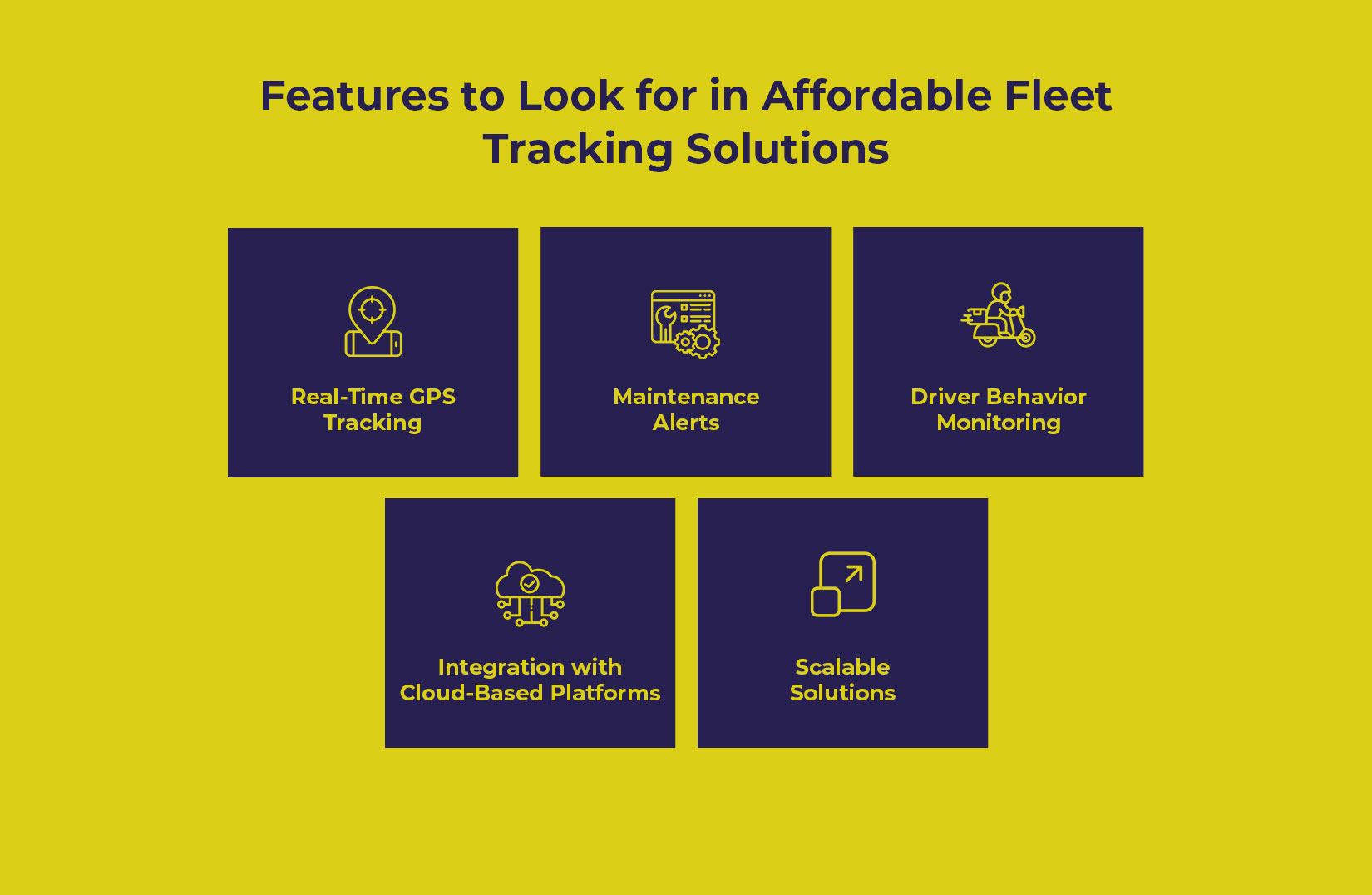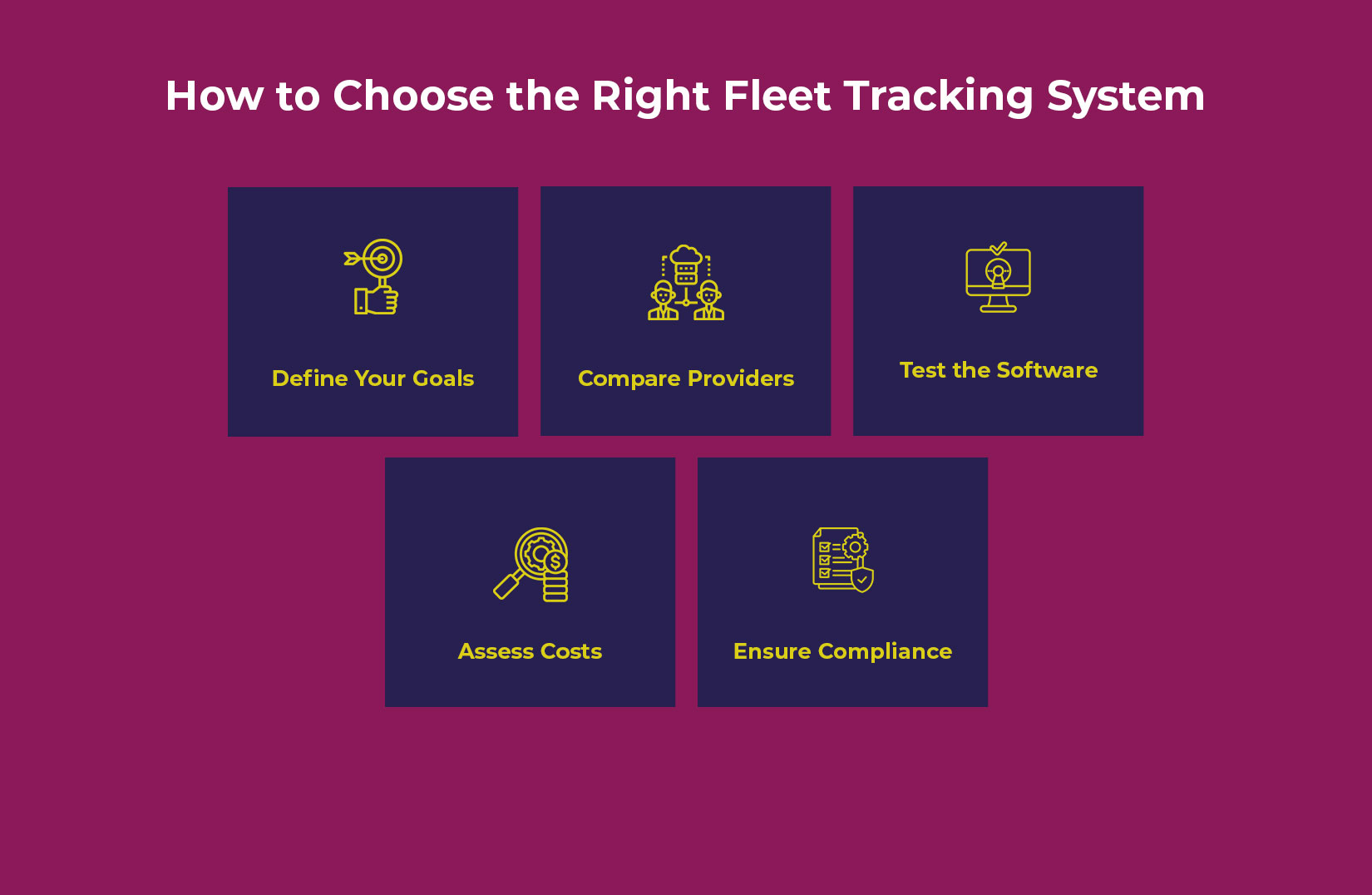
Fleet Tracking for Small Businesses: Affordable Solutions for Growth
Fleet tracking is no longer a luxury reserved for large enterprises. For small businesses, fleet tracking solutions can provide a cost-effective way to improve operations, reduce costs, and achieve scalable growth. This blog explores how affordable fleet tracking systems and software can transform small business logistics. Thus, helping them stay competitive in today’s dynamic market.
Why Small Businesses Need Fleet Tracking

Efficient fleet management is a cornerstone of success for small businesses that rely on transportation. Whether delivering goods, offering services, or managing field teams, tracking vehicles in real-time offers numerous benefits.
1. Enhanced Route Optimization:
With advanced features for improved route optimization, businesses can reduce fuel consumption and improve delivery times. For example, rerouting drivers to avoid traffic congestion or road closures can lead to significant time and cost savings.
2. Improved Fleet Management:
Cloud-based fleet tracking for efficient fleet management allows small businesses to monitor vehicle performance, track driver behavior, and schedule maintenance. These features not only prevent unexpected breakdowns but also ensure the fleet operates at peak efficiency.
3. Cost Reduction:
Investing in fleet tracking software for reducing vehicle downtime helps businesses save money on repairs and replacements. By addressing maintenance needs proactively, companies can extend the lifespan of their vehicles.
4. Customer Satisfaction:
Fleet tracking for optimizing delivery time and efficiency enables businesses to meet customer expectations for prompt and reliable service. Transparency about delivery timelines builds trust and enhances brand reputation.
Features to Look for in Affordable Fleet Tracking Solutions

Small businesses need solutions tailored to their unique requirements. The best software combines affordability with advanced functionality. Here are key features to consider:
1. Real-Time GPS Tracking:
Knowing where your vehicles are at all times is critical for business efficiency and customer satisfaction. Real-time GPS tracking ensures that you can respond quickly to changes, whether it’s rerouting a driver due to traffic delays, responding to an emergency, or optimizing delivery times. Accurate location data allows for improved route planning, reducing fuel costs and enhancing operational efficiency.
2. Maintenance Alerts:
Fleet tracking software with maintenance alert capabilities can notify fleet managers when a vehicle is due for servicing. Preventative maintenance is essential for reducing vehicle downtime, avoiding costly breakdowns, and extending the lifespan of your assets. Automatic reminders for oil changes, tire rotations, and other regular upkeep can keep your fleet running smoothly without manual tracking.
3. Driver Behavior Monitoring:
Monitoring driver behavior, such as speeding, harsh braking, and rapid acceleration, can improve safety, reduce fuel consumption, and lower the risk of accidents. Some systems offer coaching tools that provide feedback to drivers, helping them adopt safer, more efficient driving practices. This not only enhances driver safety but also reduces insurance costs and liability.
4. Integration with Cloud-Based Platforms:
Cloud-based fleet tracking enables real-time, remote access to your fleet’s data from anywhere. Whether you’re in the office or on the go, cloud platforms offer seamless access to critical data. Data like vehicle location, speed, and maintenance history, allowing for faster decision-making and more efficient fleet management.
5. Scalable Solutions:
Small businesses need solutions that grow with them. A scalable fleet tracking system ensures you can add new vehicles or expand features as your business evolves. Flexible pricing and the ability to adjust software to changing needs make this an essential feature for growing companies.
How to Choose the Right Fleet Tracking System

Finding the right solution requires careful consideration of your business needs and budget. Here’s a step-by-step guide to making the best choice:
1. Define Your Goals:
Start by clearly identifying what you want to achieve with fleet tracking. Do you want to reduce fuel costs, improve route planning, enhance delivery times, ensure driver safety, or boost customer satisfaction? Understanding your primary goals will guide you in selecting the right features and functionalities that align with your business objectives.
2. Compare Providers:
Research various providers and compare their offerings to find the one that best meets your needs. Look at reviews, testimonials, and case studies from businesses similar to yours. Consider factors such as customer support, ease of use, and the range of features provided. This helps ensure you select a provider with a proven track record and reliable service.
3. Test the Software:
Many providers offer free trials, allowing you to test the software before committing to a long-term contract. Take advantage of this opportunity to explore the features, user interface, and integration capabilities. Testing firsthand can help you evaluate whether the software works as expected and fits well within your existing processes.
4. Assess Growth:
Make sure to account for both one-time and recurring expenses. Some providers charge a flat fee for software, while others operate on a subscription model. Factor in the cost of hardware, installation, and any additional fees to determine the total cost of ownership.
5. Ensure Compliance:
Ensure the fleet tracking software complies with local and industry-specific regulations, such as hours-of-service rules, environmental standards, and data protection requirements. This is vital to avoid legal complications and maintain compliance.
The Road Ahead: How Fleet Tracking Fuels Growth
Adopting fleet tracking systems isn’t just about cutting costs. The goal is to establish the foundation for long-term, sustainable growth. By optimizing delivery times, reducing vehicle downtime, and improving overall fleet efficiency, small businesses can:
– Increase profitability.
– Enhance customer satisfaction.
– Scale operations with confidence.
Fleet tracking for optimizing delivery time and efficiency is no longer optional—it’s a competitive necessity. As small businesses navigate challenges such as rising fuel costs and increasing customer demands, affordable fleet tracking solutions offer a clear path to success.
Also Read: Why LogiNext Is the Best Fleet Routing Software for Complex Delivery Networks in 2024
Conclusion
In today’s fast-paced business environment, small businesses can no longer overlook the power of fleet tracking systems. Affordable and feature-rich solutions are available to help businesses optimize their operations, enhance efficiency, and drive growth. By investing in fleet tracking, small businesses can improve route planning, reduce operational costs, enhance safety, and boost customer satisfaction. Thereby, leading to greater profitability and a stronger competitive edge.
Choosing the right solution that aligns with your business goals, budget, and growth potential is essential. With the right system in place, small businesses can confidently navigate the road to success, ensuring their operations are efficient, scalable, and customer-focused. Fleet tracking isn’t just a tool—it’s a strategic asset for small business growth. As its written it is an asset for you business, so is choosing the right software. By clicking on the red button below, you are choosing the best fleet tracking software available in the market. Book a demo with LogiNext Solutions and see the growth in your business.
57







@LogiNext